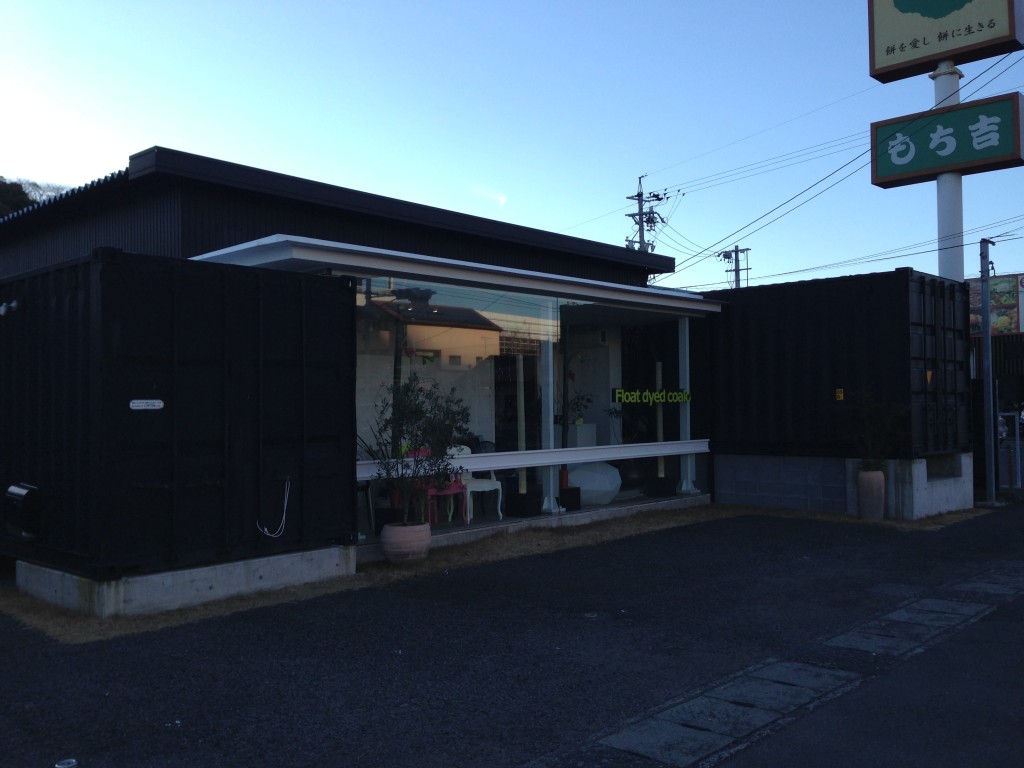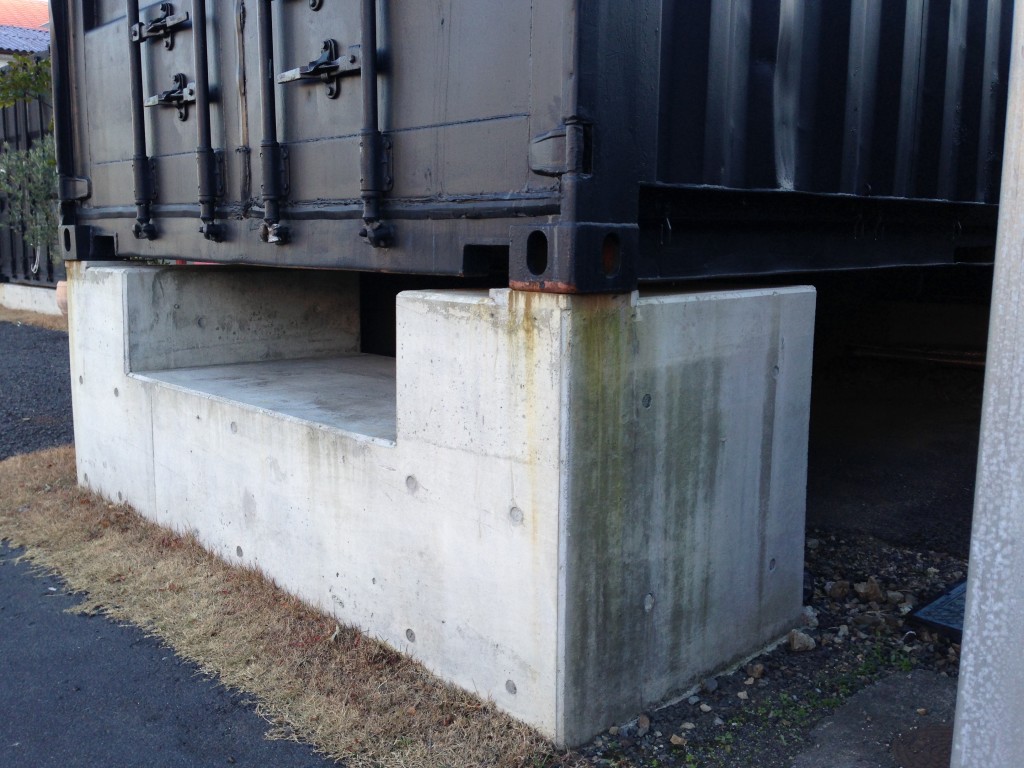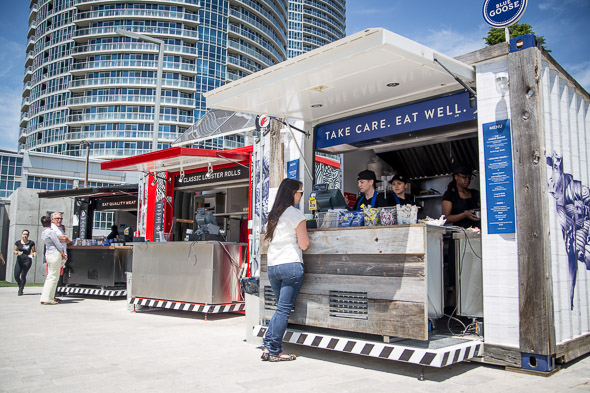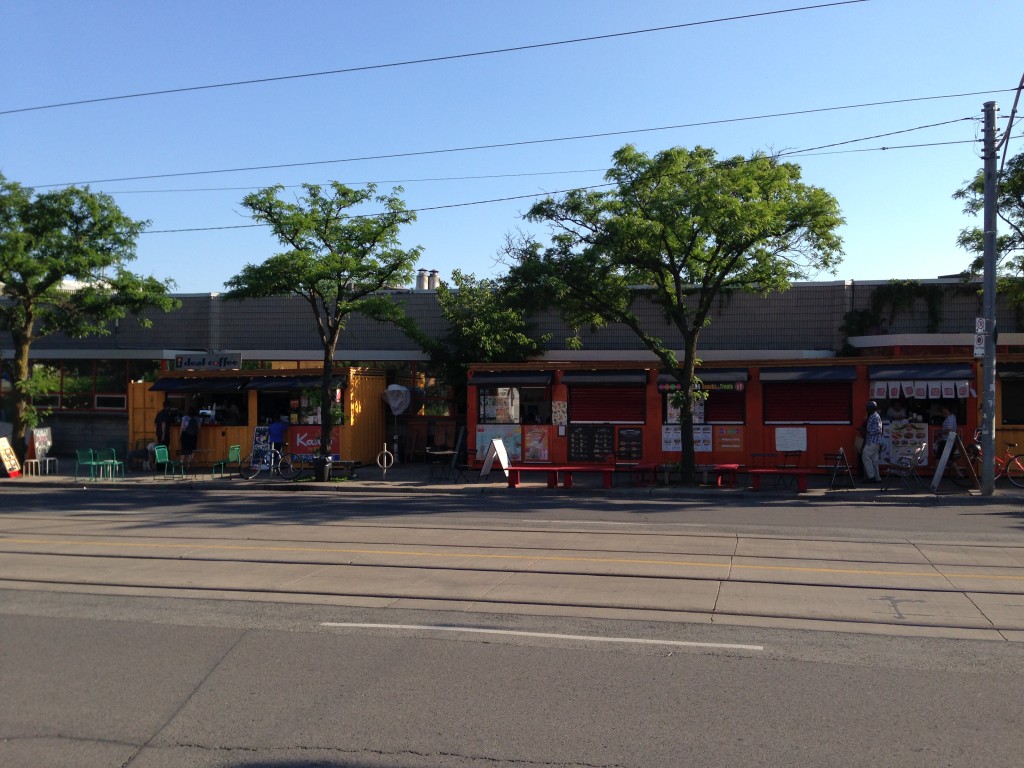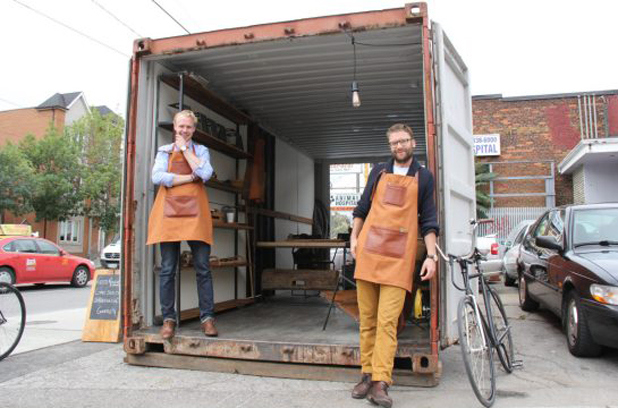Written for Green Energy Doors Open…

Andy and Mary Damiano traveled 4,300km to view his childhood dream in person.
Nestled in Kawartha Lakes lies an Off-Grid Sea Container Cabin made of 7 shipping containers. Designed by Jason Rioux, Vice President of NRStor and founder of Sea Container Cabin, the ‘Octopod’ features a unique Hub-and-Spoke design. The ‘Hub’ is a large centre octagon-shaped great room and each radiating container is a ‘Spoke’ that serves a different purpose – from a kitchen, dining, bathroom and bedroom to a workshop.
When we decided to debut our newly built ‘Octopod’ at GEDO’16, we really didn’t know what to expect. Located off the beaten path meant this event had to be a participant’s destination. With some luck, timely media and a GEDO podcast found its way to like-minded people who wanted to learn more about building sustainable homes using re-purposed shipping containers. Suddenly the inquiries poured in and people as far away as L.A. and Montreal began booking our tour.
Ever since I was a kid, I dreamed about building this exact home out of shipping containers. When I was notified of the GEDO’16 open house, I knew my partner Mary and I just had to see it in person. Next thing I know we’re on a plane to Canada and driving down the back roads in search of the Off-Grid Shipping Container Cabin. As I’m nearing retirement, and having learned so much from this project, I look forward to building my very own ‘A-pod’.”
– Andy Damiano, L.A. resident
The main features of the ‘Octopod’ include:
- 1 KW solar power system for the entire cabin
- Solar powered water pump and elevated water tower system
- DC wiring for LED lighting and ultra efficient DC refrigeration, direct from battery banks
- High efficiency DC air circulation fans
- Cool roof system
Building a new home? It can cost you less – especially in the long run if you design energy smart systems and incorporate alternative construction materials.
Most of our GEDO’16 event participants were interested in how to design lower carbon footprint homes, how to reduce the construction cost per square foot by using alternative construction materials such as re-purposed shipping containers and how to take control of their growing hydro bills by incorporating a renewable energy system.
We truly hope our open house has influenced the next generation of home builds in an environmentally positive way – even if ever so slightly. Thanks everyone for your contribution to a wildly successful turnout at GEDO’16.
As we gear up for GEDO ’17, we will share some interesting stories of people who attended our event and why they ventured down a little dirt road to find the Off-Grid Shipping Container Cabin. If you’re planning to build a new home and wish to permit your very own shipping container home, contact us. We’re happy to help.

 We are thrilled and very honoured that the Octopod has become one of
We are thrilled and very honoured that the Octopod has become one of 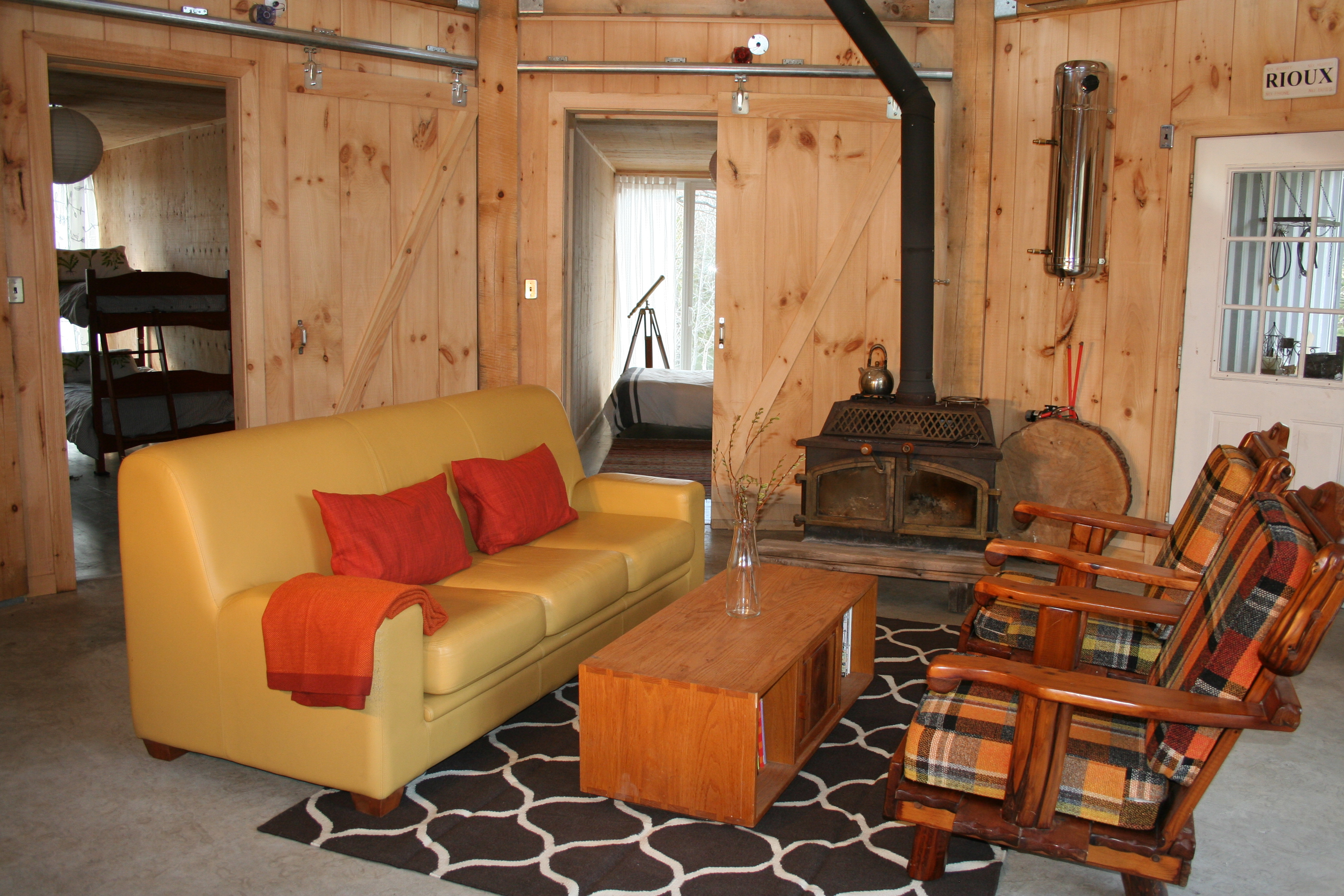
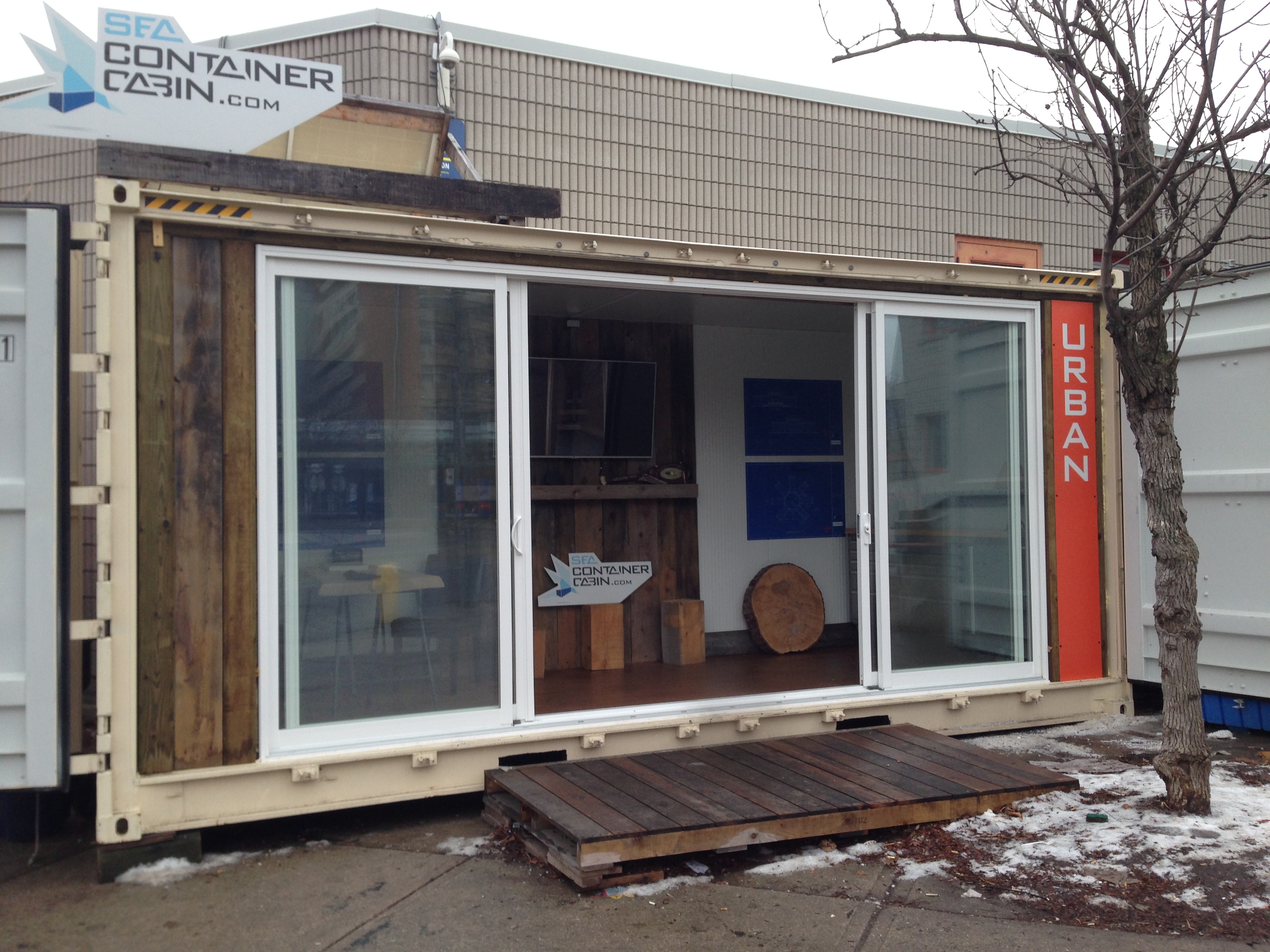
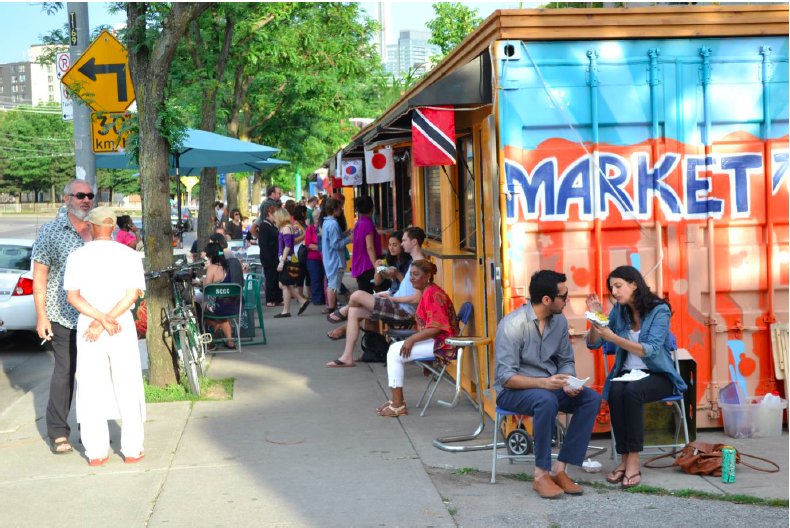

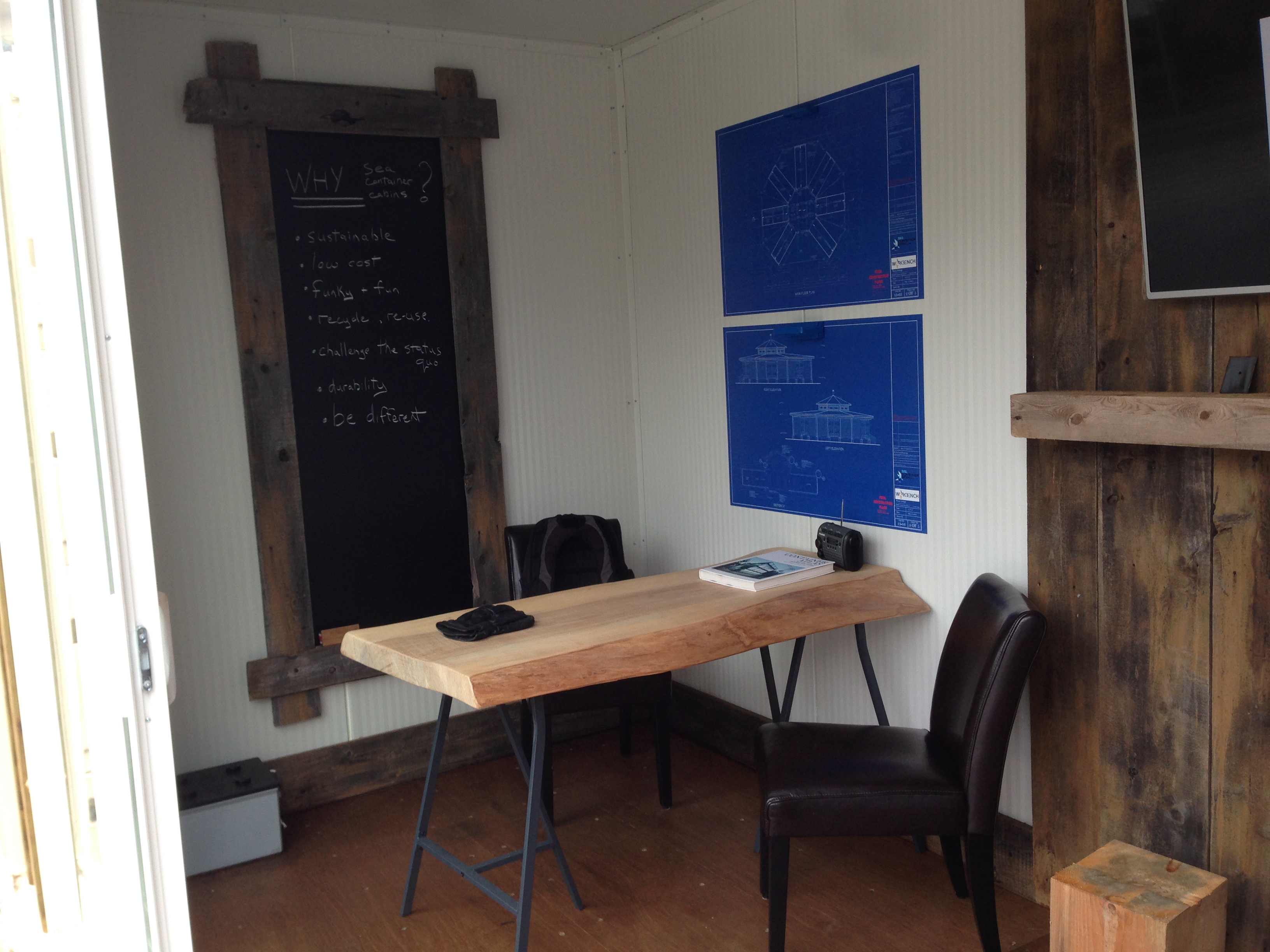
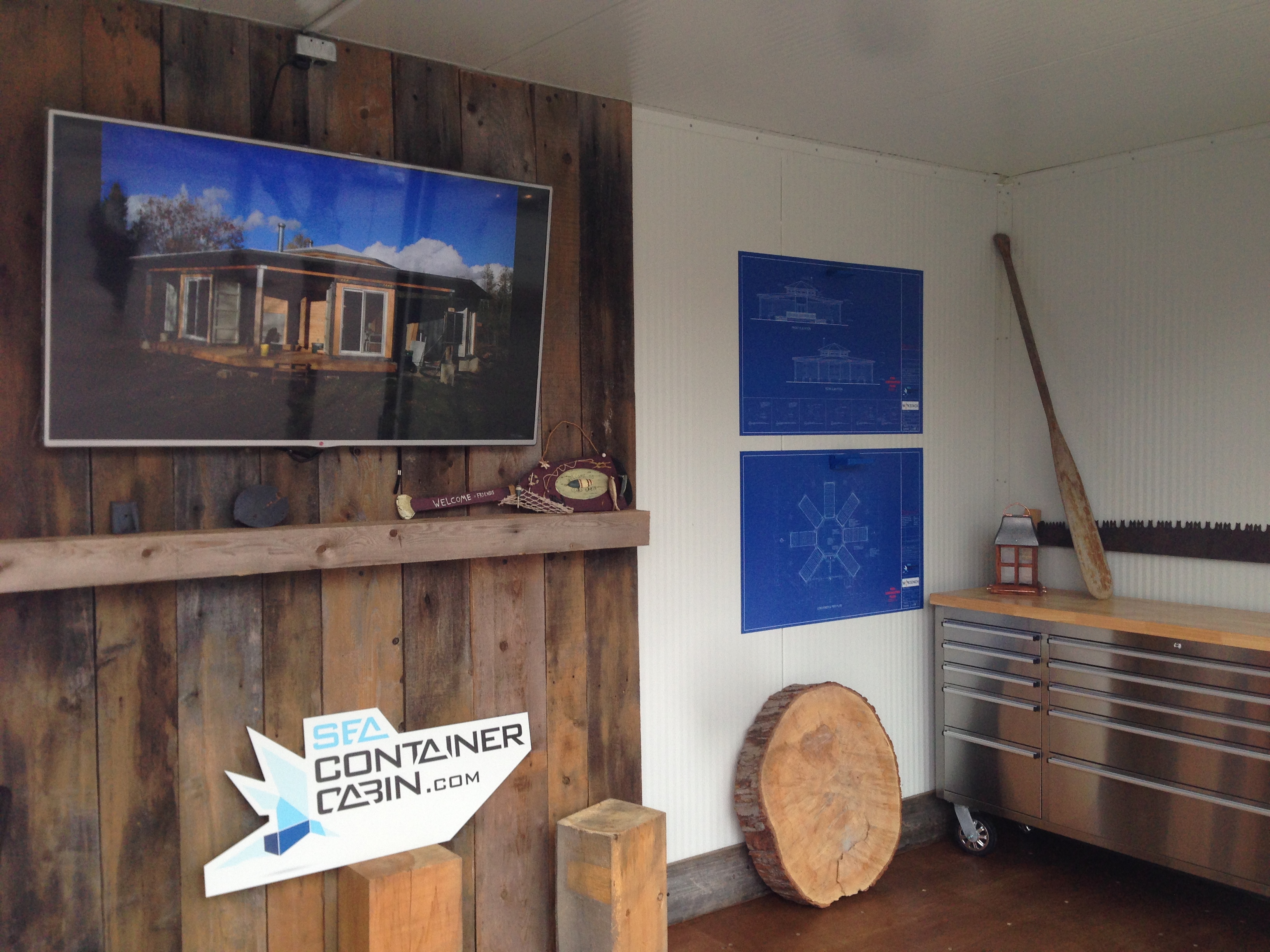
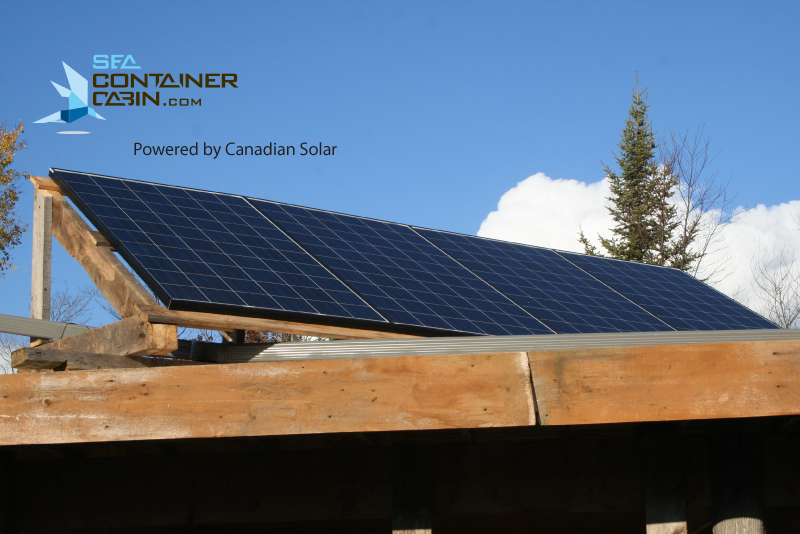 In most circumstances, people who live off-grid don’t actually choose to be off-grid. It’s more likely that the electricity grid doesn’t connect to their property so the choices they have are to bring in power lines which can be very expensive and is the beginning of monthly electricity bills or figure out a way to remain off-grid. And just so you know: off-grid people actually like the modern comforts of home including TV, Internet, lighting and heat.
In most circumstances, people who live off-grid don’t actually choose to be off-grid. It’s more likely that the electricity grid doesn’t connect to their property so the choices they have are to bring in power lines which can be very expensive and is the beginning of monthly electricity bills or figure out a way to remain off-grid. And just so you know: off-grid people actually like the modern comforts of home including TV, Internet, lighting and heat.